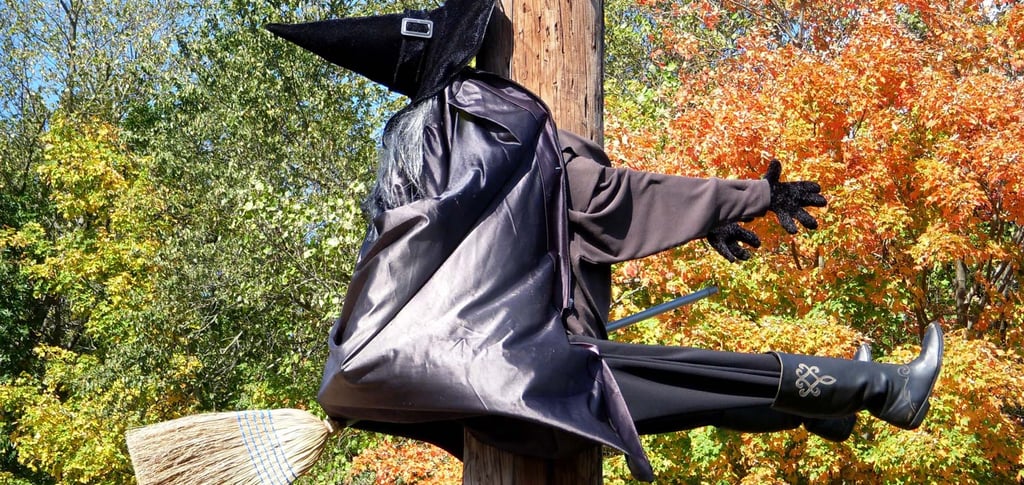The Witches of Triora – Shadows in the Valley of Liguria
High in the Ligurian mountains lies a village where the echoes of witch trials still whisper through cobbled streets — and the truth is stranger than the legend.
LOCAL STORIES&CULTURELIGURIA


What happens when a village’s past is filled with whispers of magic, curses, and trials? In Triora, high in Liguria’s Argentina Valley, those whispers never quite faded — they became the heartbeat of its identity.
The Story:
In the late 16th century, Triora was gripped by famine. Crops failed, livestock died, and fear stalked the narrow streets. Desperate for answers, the townspeople turned to old superstitions, blaming a group of local women for the calamity. Accused of witchcraft, these women — many healers and herbalists — were arrested, interrogated, and in some cases tortured. Some never returned home. Historians later called it one of the most notorious witch trials in Italy, echoing the hysteria of Salem decades later.
Cultural Significance:
The story of the witches of Triora is more than a cautionary tale — it’s a reminder of how fear and hardship can twist communities against their own. In modern Triora, the “witch” has been reclaimed as a symbol of wisdom, connection to nature, and resilience against injustice. The village’s identity is now intertwined with this legend, drawing artists, historians, and curious travellers.
Traces Today:
Walk through Triora’s medieval centre and you’ll find the Museo Etnografico e della Stregoneria, where trial documents, herbalist tools, and folklore exhibits tell the witches’ story. Murals and sculptures depict the women in both mystical and human form. Every summer, the Festival delle Streghe turns the historic centre into a living theatre — a mix of costumed parades, herbal workshops, and historical reenactments.
Conclusion:
Triora’s witches live on not in fear, but in celebration. Their story, born from hardship, now invites travellers to explore history, mystery, and the thin line between superstition and truth.
